A Place for Beauty in the Day
“Whatever is true, whatever is honorable, whatever is just, whatever is pure, whatever is lovely, whatever is gracious, if there is any excellence, if there is anything worthy of praise, think about these things.”
Phillipians 4:8
We are imaginative and creative creatures, said G.K. Chesterton, because we are made in the image of the great Creator of all. To be human is to be imaginative and creative. When we create we are doing what God endowed and intended us to do.
Our children should be in touch with beauty on a daily basis. The lack of this renders dull the imagination and the ability to wonder and express awe. The sense of the beautiful slowly erodes and is replaced with cynicism and an inability to see and hear beauty, to recognize beauty in its simplest, yet most profound forms.
The key to the imagination and appreciation of the arts is found in viewing and appreciating the beauty of the arts by using the eyes of a child. ”What was wonderful about childhood,” Chesterton writes, “is that anything in it was wonder….”
Society tends to connect the arts with sophistication and intellectual professionals who can “translate” the arts for the commoners who will never be able to truly explore the depths of a painting, or appreciate the nuances of a piece of classical music, but true imagination is founded in the astonishment and wonder that results from using the clarity of a child’s eyes in viewing objective reality. It is in the imitation of the child that adults can rediscover their imagination.
Luke 18:17 –
“Truly I say to you, whoever does not receive the kingdom of God like a child shall not enter it at all.”
To foster the arts and the Christian imagination is to foster a sense of wonder.
One of my favorite books on the importance of the arts and the Christian imagination is The Christian Imagination: G.K. Chesterton on the Arts by Thomas Peters. It would be well worth your read! Additionally, Pope John Paul II’s, Letter to Artists contains so much wisdom and beautiful thoughts…about beauty.
The Practicals of Placing the Beautiful and Lovely in the Day
I found, like most of you probably, that I was having a hard time making time in our day for the Fine Arts. There are certainly other ways you can address this, but I set up a Fine Arts Friday out of my desire to set aside some time and space for this on a particular day. We do incorporate some Fine Arts into everyday because I believe very strongly that all of us, but children especially, should be exposed to beauty every day, but Fridays are a day set aside for really pursuing and digging into the arts. They are a day in which I set aside the gift of time for being creative.
- Keep lessons short – between 5 and 15 minutes long.
- Allow plenty of time for creative expressions.
- Set aside a day for being creative – a Fine Arts Friday, if you will.
Fine Arts Fridays
 As I mentioned in my Morning Basket post, I keep all those things I use most frequently at hand on a shelf just behind my desk. On the left is my Morning Basket of work, and there on the right is my Fine Arts Friday basket. We tackle a lot of the arts on our Fine Arts Fridays.
As I mentioned in my Morning Basket post, I keep all those things I use most frequently at hand on a shelf just behind my desk. On the left is my Morning Basket of work, and there on the right is my Fine Arts Friday basket. We tackle a lot of the arts on our Fine Arts Fridays.
 What do we cover during our Fine Arts Friday basket?
What do we cover during our Fine Arts Friday basket?
- Nature Study reading/sketches/watercolors
- Art Study/Appreciation
- Music Study/Composer Study
- Shakespeare reading
- Poetry
- Creative opportunities/handwork
- Free Write Friday – creative writing
I cover much of this daily, as you will recall, as part of our Morning Basket of work. For example, we work on poetry daily; Friday is a time set aside for digging further. Perhaps I spend a bit more time emphasizing expression – I might stand on the coffee table offering (as if to the world) my own dramatic interpretation of John Keats’ Ode to Melancholy or Tennyson’s Crossing the Bar (you may all laugh heartily now!). There is beauty in our everyday, but Fridays especially are a day set aside for going deeper and for expressing more.
Art Supplies
Keeping a well stocked art center assists a smoothly running Fine Arts Friday. There are a few things that can really frustrate a child –
- The child wants to create something, but the tools or materials aren’t available.
- The child would create something, but doesn’t know that you sunk a fortune in beautiful materials because they’re buried in a plastic bin under your bed.
- The materials offered are frustrating for a child to work with.
Stay within your means, but try to offer as nice a quality of art supplies as you are able. Less quantity, more quality. If budget is of supreme concern, and it is for many, Prang Art supplies are very affordable and of a nice quality. They are my brand of choice for my younger children. Make them available and accessible! Art supplies are a thing of beauty in and of themselves. Set them out and allow them to be visibly attractive in your space. I dedicate an entire shelf to art supplies.
 A few favorite art supply shopping sources besides Amazon:
A few favorite art supply shopping sources besides Amazon:
- Dickblick – huge selection, quality materials, great prices
- MisterArt – A friend just recommended this, and their site is amazing! Check them out!
- Michael’s Craft store with the 40% off coupon – can’t forget this one!
If you’d like to read more about how we set up and feature supplies for creating beauty or see a few more pictures, you can read about and see them in:
- all the learning spaces posts here
- A Detailed Look Through the Learning Spaces (2009)
- Putting the Child *In the Way*: The Art Center
Choosing a beautiful theme
Sometimes, we become stuck wondering where to even begin. My suggestion is to choose a theme and allow it to inform all your study of the arts – poetry, picture study, art appreciation, composer study, and the lovely music in your home. Here are a few ideas for choosing a theme:
- Let the liturgical year offer a theme. For example, choose poems that reflect hope and the anticipation of the Savior for Advent. Choose Fra Angelico’s The Annunciation for display and for a brief study, and begin working on Veni, Veni, Emmanuel.
- Let the natural season offer a theme. If it’s summertime, choose a poem like Summer Woods by Mary Howitt, or for autumn, Autumn Fancies (anonymously written).
- Let the period of history you are studying offer a theme; there are many poems written from inspiring moments in history. The Harp and Laurel Wreath by Laura Berquist is a great source for these.
- Choose an artist, composer, and poet and allow his/her works be the theme of study for the term or year.
Poetry
Allowing poetry into your days can be quite painless. The short lesson helps! Poetry is a part of our every day – I introduce a poem and read it carefully, paying attention to the rhythm the author intended, and noting times when a softer expression would assist in reading as opposed to a more forceful voice. An example of this would be the different voices of emotion you would use in a reading of Alfred Noyes’, The Highwayman. I have several favorite sources for poetry, but the most well loved treasure in our home is Favorite Poems Old and New.
After introducing a poem, I spend 5 – 10 minutes each day (as part of our Morning Basket time) assisting a child in memorizing the poem. We work on one stanza at a time. It looks a little like this…
Me…“Let’s work on Autumn Fancies, Mark”
Son…“OK…Autumn Fancies, author unknown…The maple is a dainty maid, the pet of….SILENCE…”
Me prompting…“the pet of all the wood…”
Son…“the pet of all the wood, Who lights the dusky forest glade with….SILENCE…”
Me prompting…“…with scarlet cloak and hood.”
Son…“…with scarlet cloak and hood.”
Me…“Good. Now, can you try the stanza one more time?”
My son (9 years old) tries again to recite the stanza…I prompt again if needed…CLOSE THE BOOK FOR THE DAY – End of lesson.
How simple and painless is that? 🙂 A longer poem will take more work over time, but in the end, the memorization of a poem is a lovely thing. Plan a poetry recitation night for dad – work on costumes if the children would like to, set out candles, and allow the children to express themselves beautifully!
 One more resource to share here…R is for Rhyme: A Poetry Alphabet by Judy Young. Each letter of the alphabet portrays and teaches a poetry tool or technique. It’s a wonderful and gentle way to move through a bit more of the technical side of poetry throughout the year. I take one letter and work on its lesson on each Fine Arts Friday. There is a guide that I sometimes use – we usually complete some of the fun little challenges orally. Alliteration is always fun!
One more resource to share here…R is for Rhyme: A Poetry Alphabet by Judy Young. Each letter of the alphabet portrays and teaches a poetry tool or technique. It’s a wonderful and gentle way to move through a bit more of the technical side of poetry throughout the year. I take one letter and work on its lesson on each Fine Arts Friday. There is a guide that I sometimes use – we usually complete some of the fun little challenges orally. Alliteration is always fun!
Art Appreciation/Picture Study
I know many of you do this already at home, but for the benefit of those who might not, I want to share a basic version of what we do.
Choose an image for study – consider your theme as you do this. Some favorite resources for images –
- online
- holy cards
- old calendars
- one of my favorite sources is going to used book stores and purchasing inexpensive coffee table books with beautiful art printed on high gloss paper. Don’t cringe…I tear out the pages, back with cardstock and laminate. Voila! Art prints for display.
Sit down together and spend a few minutes looking at the artwork together. Here’s where it’s important to channel your inner child. Ask the children in a quiet, almost mysterious voice to look at the image quietly, with all their attention and encourage the children to notice every single detail.
Look at the medium used – is it painted? chalk? pen and ink?
Look at the light in the picture…
Where is your eye immediately drawn in the picture – one spot or round and round? How did the artist get you to do that?
What is in the background? A garden? A tree? The sea?
Look at the colors used…
What objects do you see?
Now, turn the art face down and ask the children to name as many details as they can remember. Big chair. Red dress. Dark in the corners. These are all good details. Don’t prompt. Now, flip the image over and look at it again. Encourage the children to notice more details this time. After a few minutes, flip it back over and see if you can name more details. The big chair is painted dark brown. There is a black shoe peeking out from under the red dress. The dark corners make the lady’s face almost shine. GREAT! Now, we’re gettin’ somewhere. Now that we’ve taken the time to notice several details, flip the image back over and notice a few more together. Point out the less obvious if the children haven’t noticed it – the garden in the background, the three arches, the string of pearls on the floor. Wonder aloud at their meaning. Notice I said to WONDER! We don’t always need to have every perfect answer; we do need to model wonder.
Often, if not always, objects in art convey symbols. The early Christian saw God in everything. I spoke a bit about the importance of Liturgical Displays in the home already, and the meaning they convey through images. St. Gregory the Great wrote that, “painting is employed in churches so that those who cannot read or write may at least read on the walls what they cannot decipher on the page.” (letter to Serenus, Bishop of Marseilles, written in 599)
One of our favorite parts of art appreciation is hunting for the symbolism used in sacred art. The internet can be helpful in uncovering some of these mysteries, and I also very much like George Ferguson’s book Signs & Symbols in Christian Art. Let me share with you the great importance of uncovering the hidden meaning in a piece of art in George Ferguson’s own words:
“God has given the soul the privilege of enjoying a continuous awareness of the realities of life. These realities may be described as the never-ending experiences man has with truth, beauty, and goodness. These experiences are so vital and moving that man has a constant urge to impart them to others. It is in this act of sharing them that he gives witness to the truth that he is indeed made in the image of God.
There is a language for these experiences. It is a very simple and beautiful language which man has known and used since the beginning of time. It is called the language of the sign and symbol, the outward and visible form through which is revealed the inward and invisible reality that moves and directs the soul of a man.”
- Watch for collections of 3 – the Holy Trinity
And these are just a few symbols of the Blessed Virgin Mary:
- sun and moon or stars, particularly if you can count 12
- an enclosed garden or a closed gate (check the background for a fenced or hedged garden!)
- lily or rose
- tree of Jesse
- spotless mirror
- twelve stars
- tower of David
- an orange is a symbol of her purity, and you’ll be surprised how many times you can find it tucked on a shelf or a mantle in a picture with Our Lady.
 After you’ve taken the time to notice several details, the color, light, symbolism – set the image out in a place of prominence. (Pictured above is Carravagio’s Flight into Egypt which is discussed in Artfully Teaching the Faith) I like to allow for a week of viewing and then I might encourage an interpretation of the image using the medium (or something close to the medium) that the artist used. I prefer to offer acrylic paints rather than oil based paints because they clean up easier – they work well on heavy weight watercolor paper, and acrylics can often be purchased on sale at craft stores very inexpensively.
After you’ve taken the time to notice several details, the color, light, symbolism – set the image out in a place of prominence. (Pictured above is Carravagio’s Flight into Egypt which is discussed in Artfully Teaching the Faith) I like to allow for a week of viewing and then I might encourage an interpretation of the image using the medium (or something close to the medium) that the artist used. I prefer to offer acrylic paints rather than oil based paints because they clean up easier – they work well on heavy weight watercolor paper, and acrylics can often be purchased on sale at craft stores very inexpensively.
All of our formal art appreciation takes place on a Fine Arts Friday – one Friday we spend a great deal of time learning about an artist and a particular piece of art, we set the art out for display during the week, then, the next Fine Arts Friday, I encourage an art project based on that image.
 A few of my favorite resources for studying the arts…
A few of my favorite resources for studying the arts…
- Picture Study Portfolios by Simply Charlotte Mason – these make studying beautiful art so simple; they come with high quality art prints and a short biography of the artist. I love using these!
- Artfully Teaching the Faith by Steven Kellmeyer
- A Child’s Book of Prayer in Art by Sister Wendy Beckett
- Discovering Great Artists: Hands on Art for Children in the Styles of the Great Masters by MaryAnn Kohl for which there is an online art supplement.
- All of MaryAnn Kohl’s Art books – her site also offers several art activities
- Artistic Pursuits art curriculum – (at the time of this writing *2009*, I had just discovered this art curriculum; I’ve been using it with all my children for 7 years now and it has earned a well worn place on my shelves – highly recommended!
- Dore’s Illustrations of the Bible: Old Testament
- Dore’s Illustrations of the Bible: New Testament
- Michelangelo and Raphael in the Vatican – STUNNING!
- Masterpieces of the Bible: Insights Into Classical Art of Faith by Keith White
- National Gallery of Art – digital images resource; and do check out their teacher’s resources page.
- Art and the Bible – art inspired by stories in the Bible – amazing collection online! Perfect for following the liturgical year!
Music Appreciation
I choose music selections and composers to study based on the theme suggestions above. There are so many great books available for reading about the lives of the composers. I highly recommend the series by Opal Wheeler. On a Fine Arts Friday, I like to take a little time to read about the life of a particular composer. As we read, we listen to that composer’s work. You can find some basic sets of classical music at various places, or you can search for specific pieces on iTunes. I like using iTunes to purchase one particular piece of music if we’ve just read about it and build a nice collection of a composer’s work.
- Allow beautiful music to awaken a sense of reflection for the child.
- Let classical music provide the background music for some lessons during the day
- Remember that silence is an important part of being able to appreciate beauty, too, so work hard to cultivate the skill of silence in your home for a part of each day – even if you start with only 5 minutes of silence and have to stretch your chatty little girls 30 seconds at a time! (Ask me how I know about this skill!)
- Don’t forget to include some Gregorian Chant in your musical repertoire because Holy Mother Church tells us it is to have pride of place in our liturgy (Sacrosanctum Concilium).
A great resource for liturgical music is Lingua Angelica. I’ve had this CD and songbook for 5 years, and it is packed enough that we’re still learning from it.
Shakespeare study
A word about the study of Shakespeare – Many are intimidated by William Shakespeare’s works or rather feel they’re more suited to a more mature student of high school. While this is of course, an issue of prudence and preference in your home, I find William Shakespeare to be very valuable and completely engaging to the child.
Shakespeare, through his plays, introduces a wisdom and knowledge of humanity that is humorous, delightful, and instructive. His command of language offers a rich imagery. If you haven’t considered Shakespeare – consider him! We enjoy reading Shakespeare together…aloud.
My favorite Shakespeare resources:
- Welcome to the Globe by Peter Chrisp
- William Shakespeare and the Globe by Aliki
- Shakespeare’s Globe: An Interactive Pop-Up Theatre by Toby Forward
- Shakespeare: To Teach or not to Teach: Teaching Shakespeare Made Fun! From elementary to high school by Cass Foster and Lynn Johnson
- Bard of Avon: The Story of William Shakespeare by Diane Stanley and Peter Vennema
- Beautiful Stories from Shakespeare for Children edited by Edith Nesbit (for reading aloud to elementary age children)
- Stories From Shakespeare by Marchette Chute – this book provides an excellent summary of Shakespeare’s works and I consider it required reading before we begin to study a play.
- Shakespeare of London by Marchette Chute – important reading for high school students! This book is included in David Hicks’ curriculum recommendations in Norms and Nobility
- Edited to add: How To Teach Your Children Shakespeare by Ken Ludwig
Beauty In the Home
I believe so strongly in the importance of surrounding our children with beauty – of giving beauty a place of shelter and a voice in our homes – our domestic church. Though we seek to find a place for it in our curriculum and in our days, it is not something that can be relegated to a line on a lesson planner with ease; it is so much more. I hope I’ve offered a few practical and simple ways that might assist in visualizing the HOW of bringing the richness of beauty into home education, but I hope I’ve also communicated that Beauty should be a part of the domestic Church and woven into the breath of everyday. I offer you the seeds of what might be…and pray that the Holy Spirit can assist you in translating some of this into your own home.
“Beauty is both ancient and new: we are at once surprised and comforted by its presence. Beauty exists in a sphere beyond time. And so beautiful things expose us to the timelessness of eternity. …
The experience of beauty is transformative.
It awakens a sense within us, that life is meaningful on the most profound level. Beauty can move us to humility, giving us a sense of wonder before the mystery of life. The encounter with beauty speaks to us about the true, awe-inspiring nature of existence.”
source: Bishop James Conley, Bishop of Lincoln, Nebraska; article source: Ever Ancient, Ever New: The Role of Beauty in the Restoration of Catholic Culture
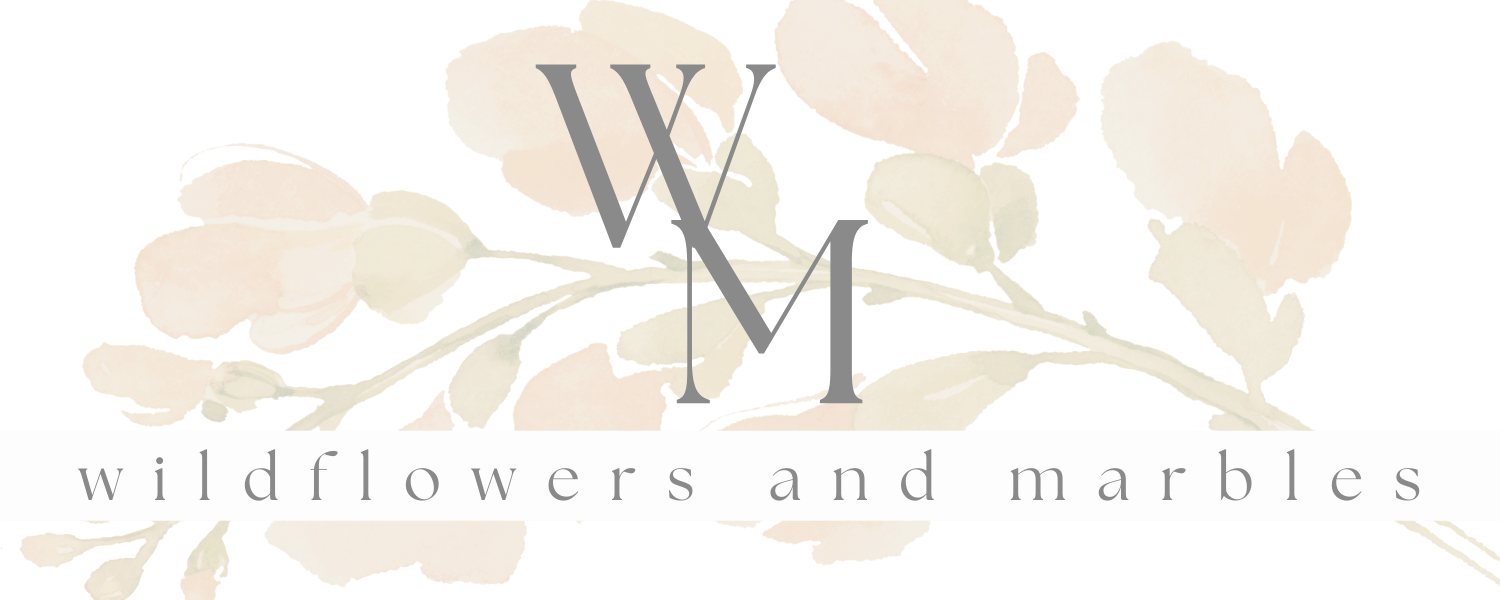



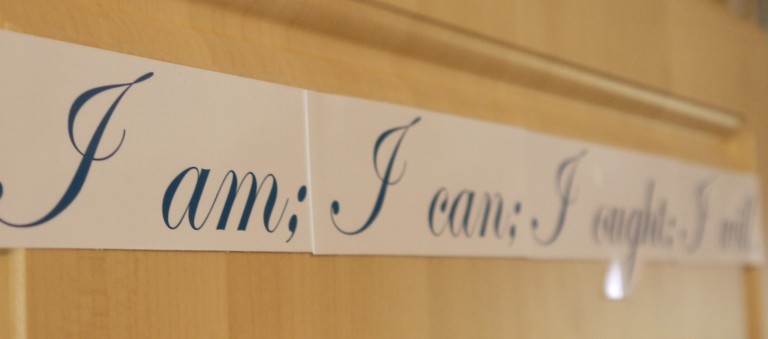
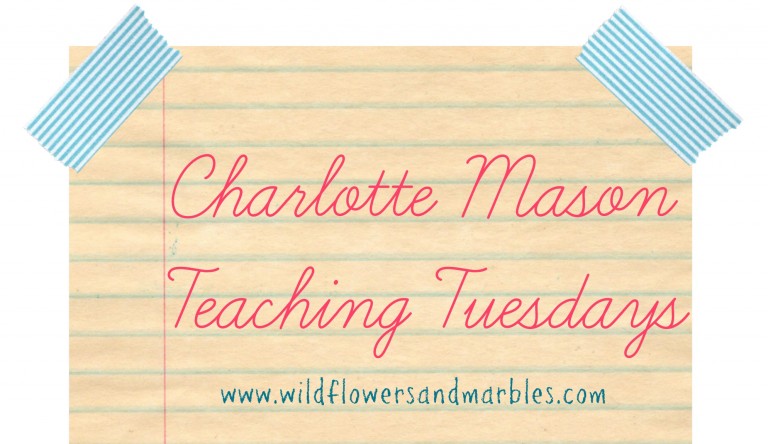
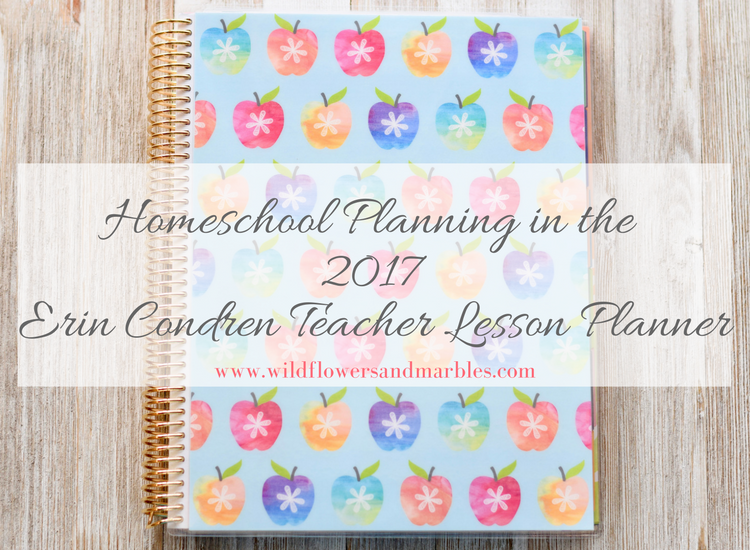
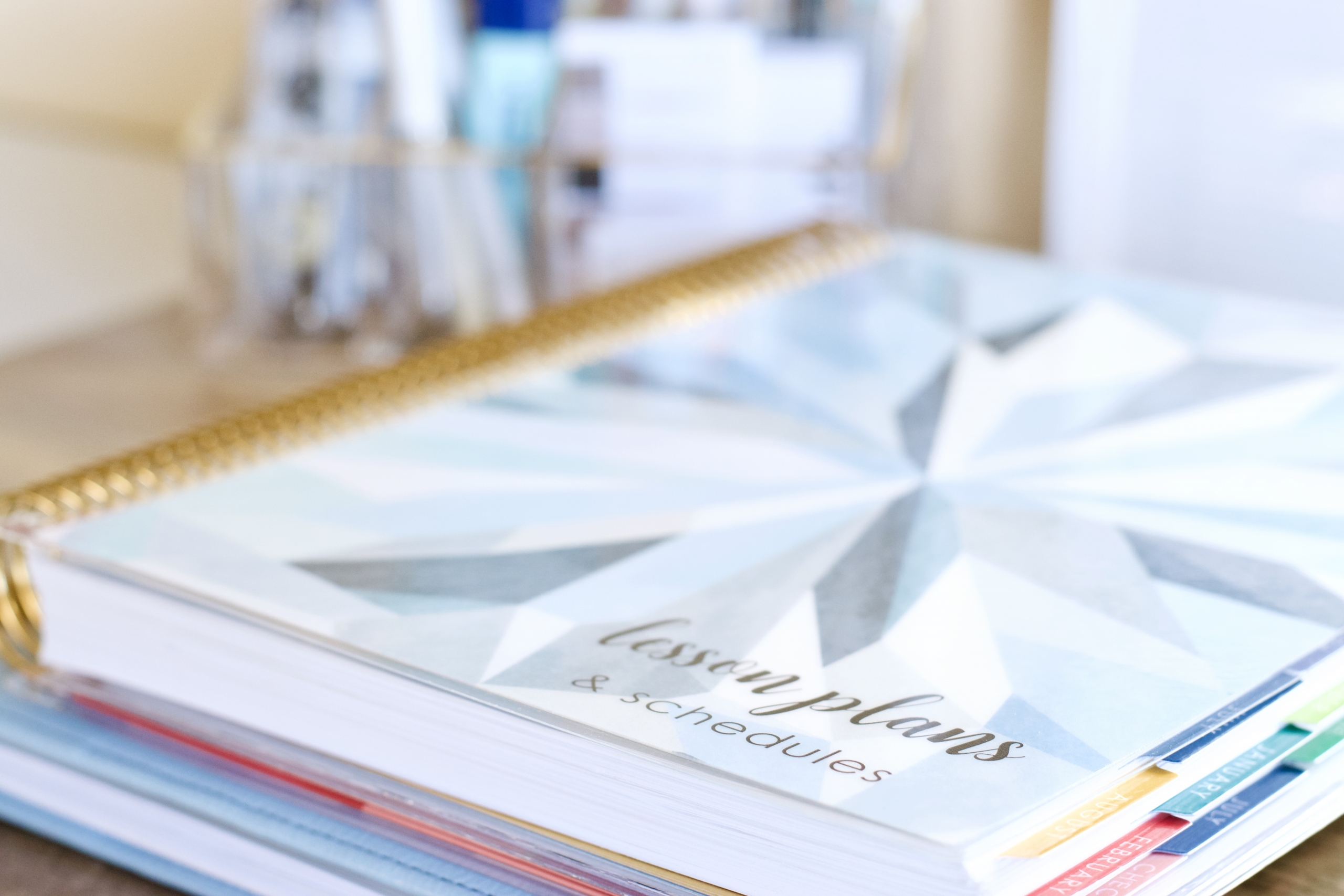
Wow. Oh wow.
I have alot of the resources you have listed, but I've never come up with a firm, concrete plan for using them. Thanks for this very timely post!
Wow! What a great post! Thank you so much for sharing all this. I have been thinking on this since we began our shool year and needed some fresh ideas. May God bless you.
What an incredible compilation of resources and information! Thank you so much for taking the time to share it, your work will be a blessing to many others.
Heidi
Wonderful post. Thank you. I will be bookmarking this one.
Thanks so much for your post. I recently found your blog and the way I described it to my husband was that “She just makes everything beautiful,” so know that your message is truly being conveyed as you hope. Thanks and God Bless!
Wish I could've been there!
Wonderful!
Thanks for the reminder. We need to do art. Sometimes getting up the motivation for messes is hard.
Thank you all so much for your kind words! Glad you enjoyed the post!
God bless you all!
Yay!!! The Fine Arts post is here! It was so well worth the wait! Your words are so inspiring and make me want to make eveything in our home beautiful and peaceful to inspire the love of God in our home. Thank you Jen for this amazing post, the Holy Ghost truly has blest you with the ablitiy to inspire others to holiness through your ideas.
Cheryl
Once again, your beauty shines through! Thanks so much for taking the time to share your wonderful and inspiring thoughts….. I need to read this post at least two more times!
Stupendous!!!!!I love it!
You've really inspired me. We do a LOT of art here, but you've inspired me to try to do it in a more thoughtful, organized way. (Though I'll never be as organized as you!)
Hi Jennifer. This is a beautiful post! I so agree with you – we all need to make time to let the beauty of the arts seep into our souls. The verse from Phillipians has always spoken to me. It is so easy to let so many worldly things sneak into our day. Nothing can be as beautiful as that which comes from Our Heavenly Father.
I too, LOVE poetry! Last year my oldest used R is for Rhyme to study it. She would study one style of writing poetry a week and then write one of her own based on it. She enjoys writng so it came natural for her. I love that you mentioned The Highwayman – it took me right to the scene in Anne of Green Gables where she is reciting it. Oh, how I long to own that series! God Bless! Love, Lori
My eye was caught when you recommended playing classical music in the background of other lessons. I cannot second this enough! You know Mom did this for us, playing from the set of cds she had with portions of the top 100 classical pieces from each year. So simple, and took up no further time out of the day – but you really cannot underestimate how deeply that absorbs. Then again, perhaps you can, as children look for any reason not to do their math lesson and instead pretend to be conductors. 🙂 Still! Powerful memories are being built!
I'm sure that's where Chris began with his enjoyment of Beethoven, and I am sitting here listening to a portion of Scheherazade that I remember moved me even as a child. I plan to play it for Chris today, and I fully expect him to be instantly transported back to the kitchen table, where we sat swinging our legs and laboring over math or writing as Mom sat in her chair reading.
AMEN! great post 🙂
thank you. What a great post. What good resources. I have book marked several and snagged some good ideas for our homeschooling!!
Thank you SO much for posting all of this wonderful information! I am very much interested Charlotte Mason, but have been weary about how to incorporate fine arts into our curriculum. This was all VERY helpful!
This is a lovely post and I have been wanting to incorporate fine arts into our curriculum but never thought of just setting aside a day for it. I do have one question. Do you still do other subjects on Fine Arts Friday or is the whole day only for the study of the arts?
Hi Jennifer,
Thanks for commenting and bumping this older post!
The answer is yes, we do have other reading and assignments on Fine Arts Fridays. If I had only younger children, or children from 4th or 5th grade on down, I'd probably make Fridays focused solely on the arts, but older children need all 5 days of the week to accomplish their work for the year, so the Fine Arts focus is incorporated in the day along with other assignments. This year our focus on fine arts is more spread out during the week within our Morning Basket. I still like encouraging creativity and expression on Fridays though!
Hope this is a help!
This is such a wonderful rich collection of ways to inspire and explore beauty with kids. I especially appreciate the thoughts and recommendations regarding music. Thanks for sharing!